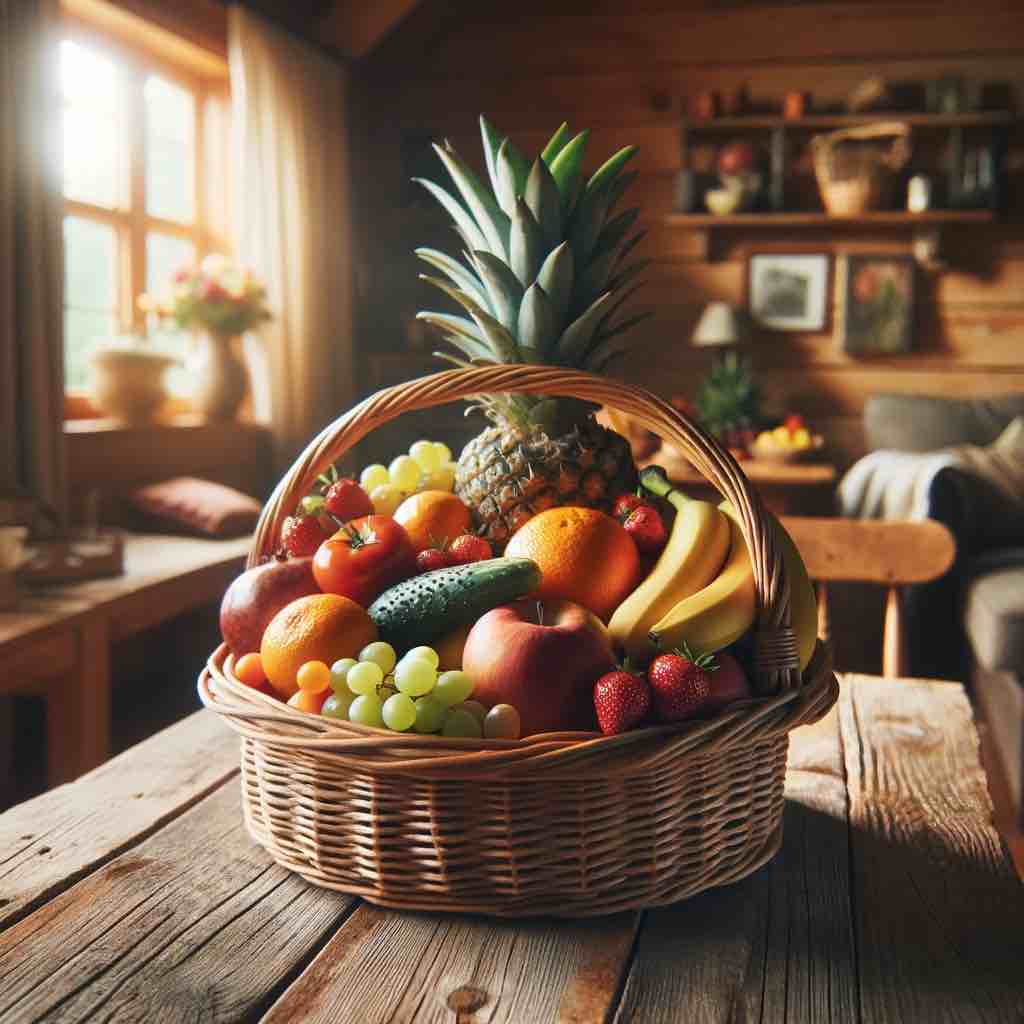Today’s Focus of Attention is reader-supported. We sometimes include products we think are useful for our readers. If you buy through links on this page, we may earn a small commission.
Who doesn’t relish fruits? Perhaps one in a million, but it’d be fair to say that 99% of people please their palate with at least one of those colourful nature candies.
Fruits not only play a crucial role in a healthy diet but are also loved for weight loss, as they have zero fat content, except for coconuts and avocados.
They offer an abundance of nutrients and vitamins, a wide array of textures and flavours. From the sweetness of ripe mangoes to the tangy zest of citrus, the bitter touch of grapefruit, and the subtle, earthy notes of dates.
However, today’s article is not about their different forms or nutritional data. Instead, we delve into lesser-known, yet fascinating facts about fruits that might leave you amazed and that not many know about.
Bananas Are Berries; Strawberries Are Not

Contrary to popular belief, strawberries are not botanical berries. To understand this, let’s first explore what a ‘berry’ really is.
What is a Berry?
A berry is a type of fleshy fruit that comes from the single ovary of a single flower. It often has plenty of seeds and doesn’t split open when ripe. In addition, the whole outer layer of the fruit wall, the pericarp, is edible.
Examples of berries are bananas, grapes, tomatoes, cucumbers, yes, cucumbers, and avocados.
So, the popular strawberries, raspberries, and blackberries are not true berries in the botanical sense. They are aggregate fruits formed from multiple ovaries of a single flower.
Interesting Fact: Bananas Emit Radioactivity
Bananas are a little radioactive because of traces of potassium (the isotope potassium-40) and associated decays found in them.
But don’t fret. The only way you’d die from radiation poisoning is by eating 10 million yellow boomerangs at once. No one can do that.
Cucumbers Belong to the Fruits Domain
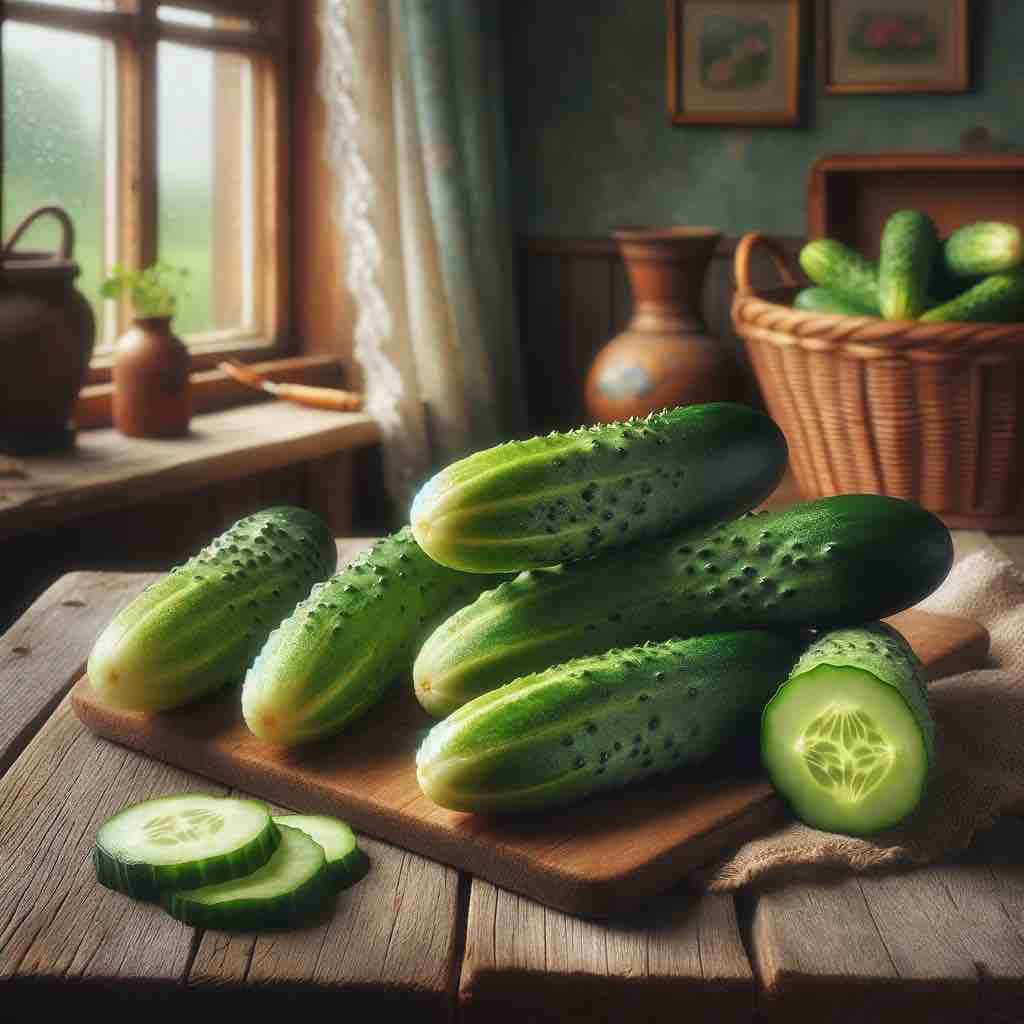
Cucumbers are technically fruits, not vegetables. Let’s see why.
What is a Fruit?
Botanically speaking, a fruit is the ripened ovary of a flowering plant, enclosing the seed or seeds. And cucumbers meet this criteria, as they develop from the plant’s flowers and contain seeds.
There are different types based on their structure and origin, such as simple, aggregate, multiple, fleshy, and dry.
Understanding this botanical explanation leads to surprising revelations, especially when we consider common ‘vegetables’ that are, indeed, fruits, including peppers, squash, and even corn.
Oranges Are Not the Best Source of Vitamin C
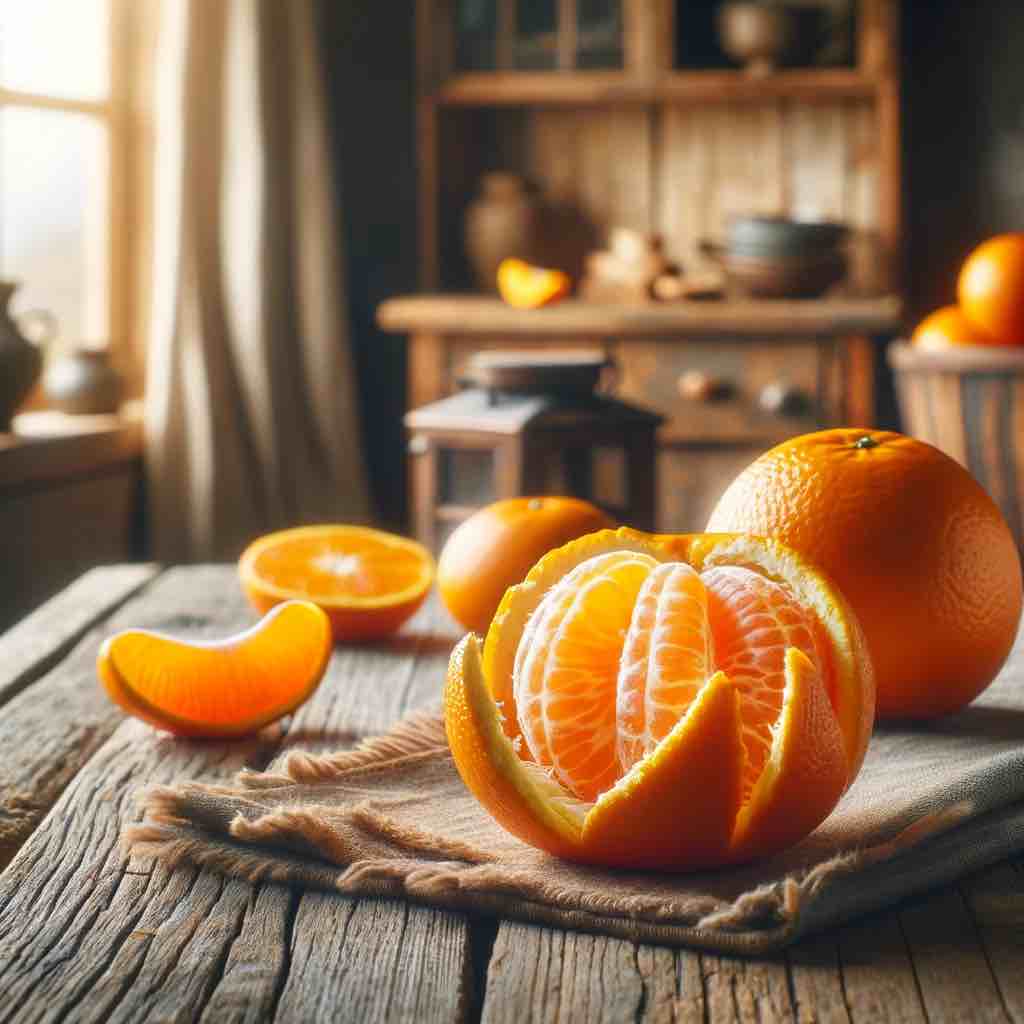
Oranges stand out for their vitamin C content (53 mg per 100 g). But they are not the richest reservoirs of this nutrient.
Here’s a list of eight fruits with a higher vitamin C quantity:
| Fruit | Vitamin C Content |
|---|---|
| Kakadu Plums | 2,907 mg per 100 g |
| Acerola Cherries | 825 mg per 49 g |
| Rose Hips | 426 mg per 100 g |
| Guavas | 126 mg per 55 g |
| Kiwifruit | 70 mg per 76 g |
| Papaya | 94 mg per 152 g |
| Strawberries | 89 mg per 152 g |
| Green Chilli | 109 mg |
| Red Chilli | 65 mg |
Of course, it doesn’t mean you should quit eating oranges. But if you’re looking for a great deal of vitamin C content, go for other options.
The recommended daily amount of vitamin C for adults is between 75 mg and 90 mg, and the limit is around 2,000 mg.
Including a variety of fruits in your everyday diet is the best way to benefit from their nutrients and maintain energy for your fitness routine.
Tomatoes Have A Bigger Genetic Code Than Humans
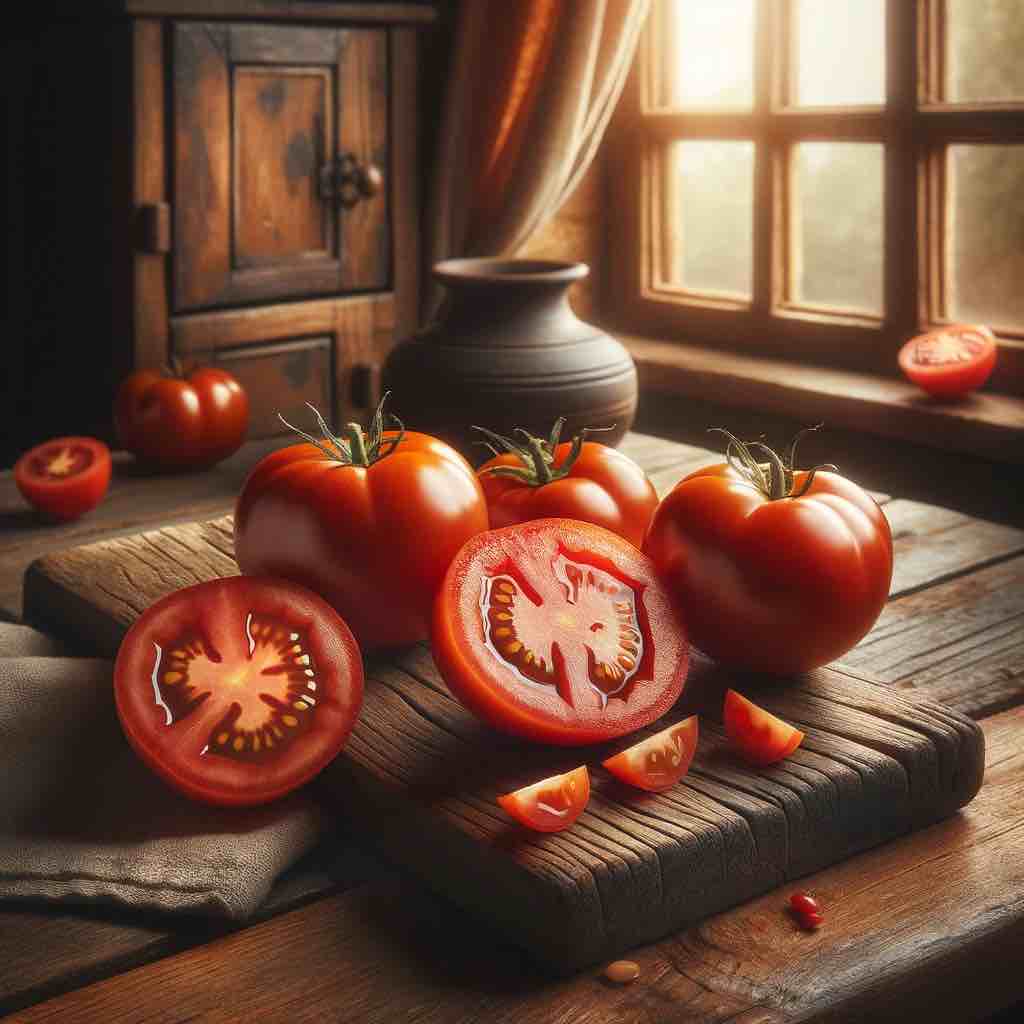
The average tomato has over 31,700 genes, near to 7,000 more than in humans.
Scientists noted this staggering quantity when they were striving to enhance tomatoes, aiming to increase their level of beneficial nutrients like vitamin C, resveratrol, and genistein.
Speaking of surprises, just like tomatoes, another common garden resident, the bell pepper, is also a fruit.
Pineapples Are Multiple Berries
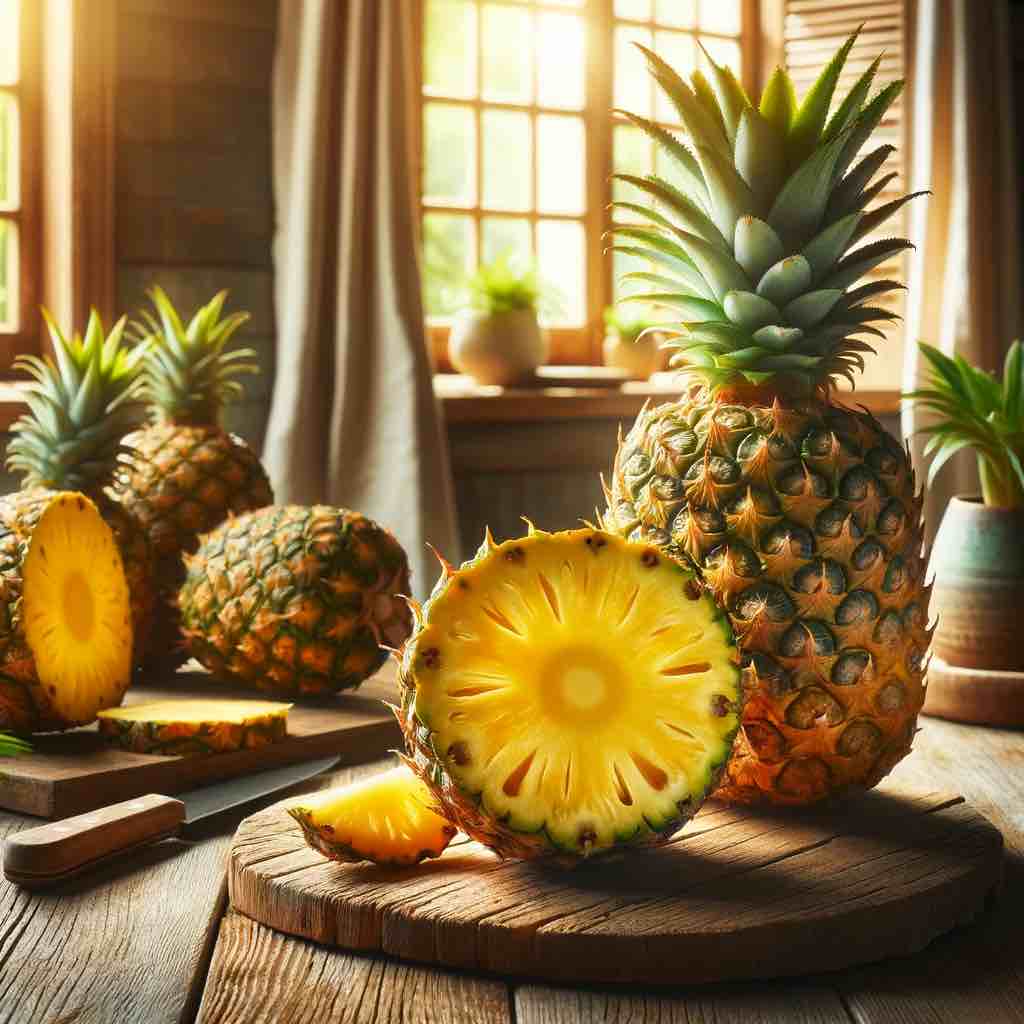
Pineapples have no link to apples at all; they are, in fact, berries. The reality of the matter is that they are a bunch of berries that are attached to a central stalk.
Thus, pineapples are not even technically a single fruit.
Each pineapple plant produces one apple at a time. It takes between 16 and 28 months for the flowers to appear, and the fruit develops 180 days after flowering. That being the case, for a pineapple to be ready for harvest, it would take as long as 34 months. Although it can vary based on the growing method, climate, and variety.
The Oldest Fruits in Recorded History
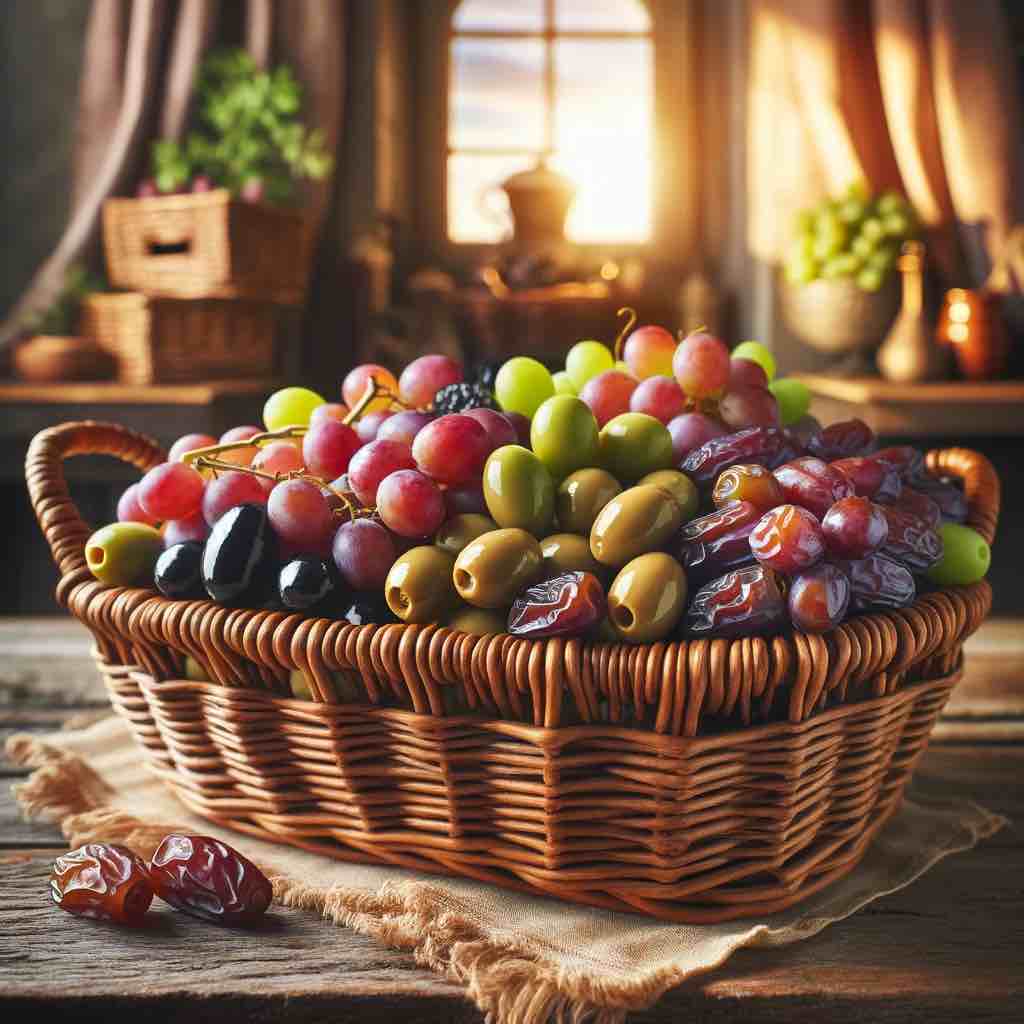
Some juicy treasures have been present since ancient times, feeding the first known civilisations and even being part of a written legacy.
Figs
Mentioned in religious texts, including the Bible, the Quran, and the Vedas, figs are one of the earliest fruits consumed by humans in the Mediterranean and Middle East.
Dates
Dates have been cultivated for over 6,000 years in the Middle East and North Africa. They served as food, sweetener, and medicine by civilisations such as the Egyptians, Babylonians, Persians, and Romans.
Olives
Native to the Mediterranean Region, olives have been grown for 5 millennia and are a symbol of peace, wisdom, and victory in many cultures. Olives hold their weight in gold for their fruit and for their oil, which is used for cooking, lighting, and anointing.
Grapes
With evidence of domestication dating back to 6,500 BC in Georgia, grapes are a staple for wine, vinegar, raisins, and jam.
Pomegranates
For over 4,000 years, the inhabitants of Iran and northern India have cultivated pomegranates. They are rich in antioxidants, vitamins, and minerals and are considered a symbol of health, fertility, and eternal life.
Final Thoughts
Fruits, teeming with vitamins, antioxidants, and a myriad of flavours, are vital for a balanced diet, weight management, and keeping stable glucose levels.
Their role in human chronology is undeniable, nourishing ancient civilisations, influencing trade, and even finding their way into our cultural and religious texts.
As you savour your next piece of nature’s painted jewel, whether it’s the tang of an orange or the sweetness of a grape, remember the vast journey it has taken through history and science to reach you.
So, do you have a favourite fruit?
Please share with us.


